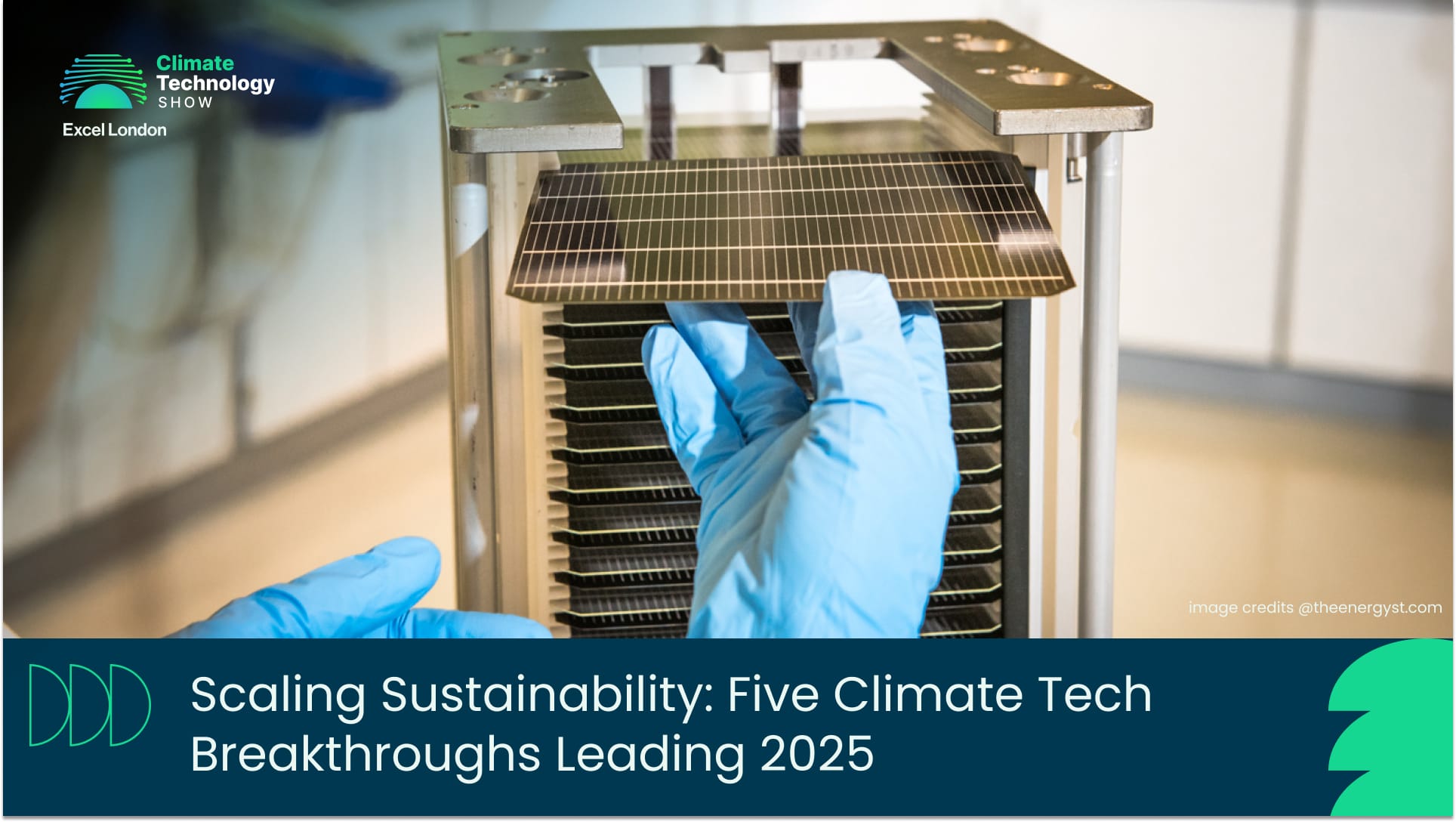As we move through 2025, climate technology is crossing a threshold. Ideas that once lived in labs and pilot plants are stepping into real-world deployment. The stakes couldn’t be higher: industries face pressure to cut emissions fast, and governments are racing toward net-zero pledges. This year, five breakthrough technologies stand out not just for their promise, but for how they’re beginning to reshape energy, industry, and the fight against climate change.
1. Structural Battery Composites — Powering the Future of Transport
Structural battery composites are revolutionizing the design of electric vehicles (EVs) by integrating energy storage directly into the vehicle's structure. This innovation reduces weight and enhances energy efficiency, addressing two critical challenges in EV development. By 2025, several automotive manufacturers will have begun incorporating these materials into prototype models, signaling a significant step toward more sustainable and efficient transportation solutions.
2. Osmotic Power Systems — Harnessing the Energy of Water Salinity
Osmotic power systems, also known as salinity gradient power, generate electricity by exploiting the difference in salt concentration between freshwater and seawater. In 2025, pilot projects have demonstrated the feasibility of this technology, particularly in coastal regions where freshwater meets seawater. While still in early stages, osmotic power presents a promising renewable energy source with minimal environmental impact.
3. Advanced Nuclear Technologies — Small Modular Reactors (SMRs)
Advanced nuclear technologies, particularly Small Modular Reactors (SMRs), are gaining traction as a safe and scalable solution for low-carbon energy production. In 2025, several countries have initiated regulatory approvals and pilot projects for SMRs, which offer enhanced safety features and can be deployed in diverse geographical locations. This development marks a significant shift in the nuclear energy landscape, potentially providing a stable and low-emission energy source for the future.
The result: grids can host higher shares of renewable energy without sacrificing reliability. AI may not be flashy, but it’s becoming the glue that keeps a clean energy system running smoothly.
4. Ocean-based carbon removal & alkalinity enhancement
The ocean already absorbs about a quarter of global CO₂ emissions, and now innovators are finding ways to boost this natural sink. Techniques include adding alkalinity through crushed minerals, deploying electrochemical systems, and expanding kelp farming.
In 2024–25, several projects moved from theory to pilot stage, attracting funding and early buyers for carbon credits. Some report co-benefits like reduced ocean acidification or stronger coastal ecosystems. But caution is warranted: scientists are still studying ecological impacts, governance frameworks are thin, and monitoring remains a challenge.
Ocean-based removal is promising, but it’s not yet a large-scale solution. Think of it as an emerging tool in the climate toolkit rather than a proven silver bullet.
5. Next-generation solar: perovskite tandems enter early commercial use
Solar power has become the backbone of clean energy, and it is hitting new highs with perovskite-silicon tandem cells. These modules, now entering early commercial production in 2025, deliver efficiencies above 30%, far beyond standard silicon panels.
Startups and manufacturers in Europe, China, and the U.S. are rolling out pilot lines. Flexible perovskite films open doors to solar rooftops, windows, and even vehicles. Durability and cost remain hurdles, but rapid progress on lifespans and scalable manufacturing suggests perovskites are on track to transform the market.
Convergence and the Road to 2030
The real story of 2025 isn’t just about individual breakthroughs; it’s about how these technologies are beginning to work together to create systemic change.
- Structural battery composites enhance EV efficiency, supporting the global shift to cleaner transportation and reducing reliance on fossil fuels.
- Osmotic power systems provide a new, low-impact renewable energy source, complementing solar, wind, and nuclear generation.
- Advanced nuclear technologies (SMRs) deliver stable, low-carbon baseload power, smoothing the integration of variable renewables.
- Ocean-based carbon removal and alkalinity enhancement act as a natural complement to engineered solutions, capturing CO₂ while enhancing marine ecosystems.
- Perovskite tandem solar cells dramatically boost solar efficiency, enabling broader adoption and pairing with storage or grid management solutions.
Together, these innovations form an interconnected ecosystem of decarbonization. By combining clean energy generation, energy storage, carbon removal, and predictive management, they are laying the foundation for a low-carbon economy.
The path to 2030 will be shaped by scaling these technologies, fostering cross-sector collaboration, and continuing innovation in efficiency and deployment. If these trends continue, 2025 may well be remembered as the year climate technology moved from promise to practice, creating a roadmap for sustainable growth and a resilient global energy system.
Looking ahead, 2025 will be remembered as the tipping point, the year when climate innovation stopped being a promise of tomorrow and became a driver of change today. These technologies are not just tools for reducing emissions; they are engines of growth, opportunity, and hope for a sustainable future.

